Home>Gardening & Outdoor>Landscaping Ideas>How Grass Seed Grows
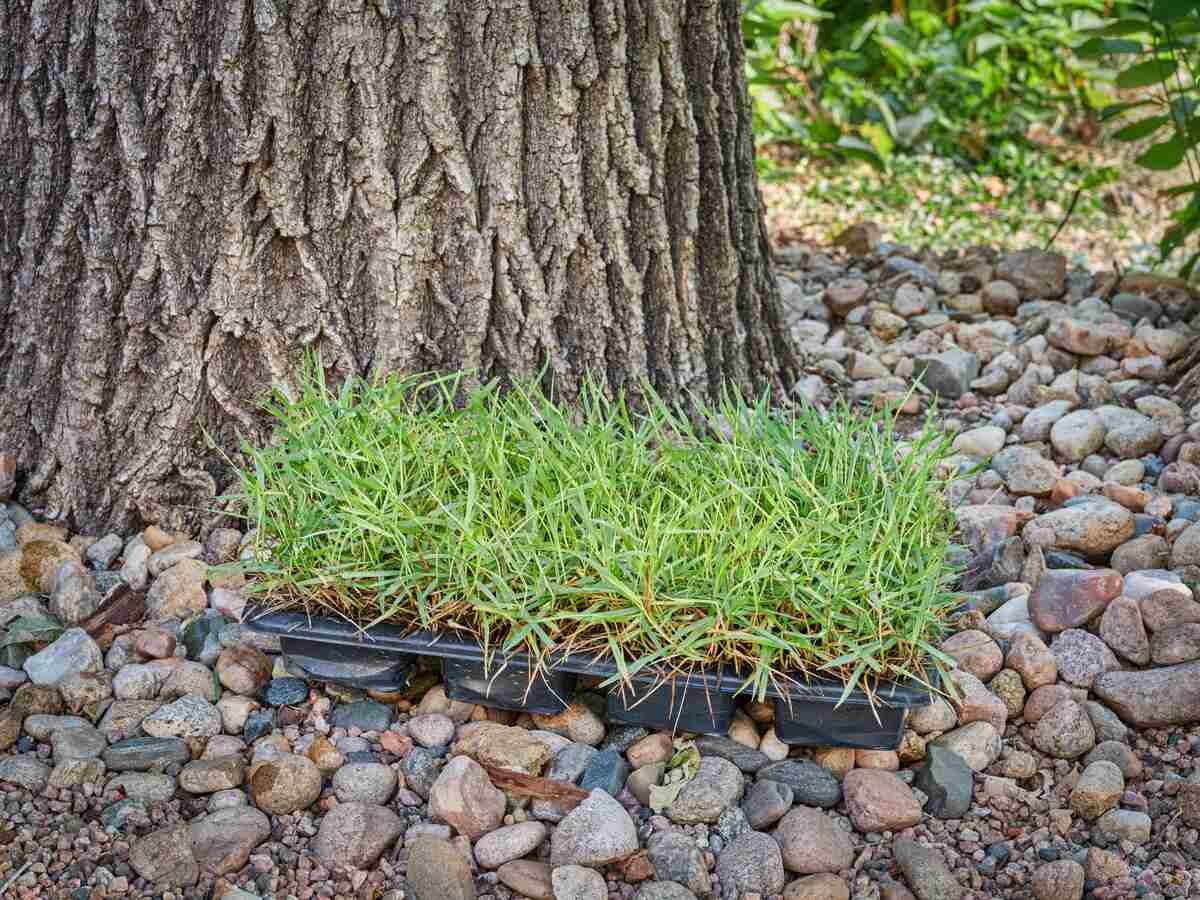

Landscaping Ideas
How Grass Seed Grows
Modified: March 24, 2024
Discover the secrets of how grass seed grows and get expert landscaping ideas to create a lush and vibrant outdoor space. Explore the best practices for nurturing your lawn and achieving stunning results.
(Many of the links in this article redirect to a specific reviewed product. Your purchase of these products through affiliate links helps to generate commission for Storables.com, at no extra cost. Learn more)
Introduction
Grass seed, a tiny marvel of nature, holds the potential to transform barren patches of soil into lush, green carpets. Understanding the intricate process of how grass seed grows is not only fascinating but also essential for anyone looking to cultivate a vibrant and healthy lawn or landscape. From the moment the seed is sown to the emergence of tender green shoots, the journey of grass seed is a testament to the resilience and beauty of nature.
In this comprehensive guide, we will delve into the captivating life cycle of grass seed, exploring the various stages of growth and the factors that influence its development. Additionally, we will uncover valuable tips and insights for successfully nurturing grass seed, empowering you to create a verdant and inviting outdoor space.
Join us as we embark on a journey through the enchanting world of grass seed growth, where the humble seed holds the promise of a flourishing landscape.
Key Takeaways:
- Grass seed growth is a fascinating journey from dormancy to lush greenery, influenced by factors like soil quality, water, and light. Understanding and nurturing these factors can create a vibrant and enduring lawn.
- Growing grass seed successfully requires careful soil preparation, proper seeding techniques, and attentive care. By following these tips, you can transform barren soil into a lush expanse of healthy grass, enriching your outdoor space.
Read more: How To Grow Seed
The Life Cycle of Grass Seed
Grass seed, like all plant life, follows a remarkable life cycle that encompasses several distinct stages, each crucial to its overall growth and development. Understanding this cycle is fundamental to successfully nurturing and maintaining a thriving lawn or landscape. Let's explore the fascinating journey of a grass seed from its dormant state to the emergence of vibrant green blades.
-
Dormancy: The life cycle of a grass seed begins in a state of dormancy. Encased within a protective outer shell, the seed lies dormant, awaiting the optimal conditions for germination. During this phase, the seed is equipped with essential nutrients and genetic material, ensuring its viability and potential for growth.
-
Germination: When the environmental conditions align favorably, the dormant grass seed undergoes germination. Adequate moisture, warmth, and oxygen trigger the seed to awaken from its slumber. As the seed absorbs water, it swells and softens, initiating the germination process. This marks the beginning of the seedling's emergence from its protective coat.
-
Seedling Growth: With the emergence of the radicle, the embryonic root, the seedling begins to establish its root system in the soil. Simultaneously, the shoot emerges, reaching towards the sunlight. The first leaves, known as cotyledons, unfurl, providing the seedling with the means to photosynthesize and produce energy.
-
Vegetative Growth: As the seedling matures, it enters a phase of vigorous vegetative growth. The root system expands, anchoring the young plant in the soil and facilitating the uptake of water and nutrients. Meanwhile, the above-ground portion of the plant continues to develop, producing additional leaves and tillers, which contribute to the plant's overall density and resilience.
-
Reproductive Stage: Finally, the grass plant reaches maturity and transitions into the reproductive stage. It produces inflorescences, or seed heads, signaling its readiness to propagate. The once-dormant grass seed has now completed its life cycle, culminating in the production of new seeds, thus perpetuating the cycle of growth and renewal.
Understanding the life cycle of grass seed provides valuable insights into the optimal conditions and care required at each stage of growth. By nurturing grass seed through its life cycle, one can foster a vibrant and enduring lawn or landscape, replete with the lush beauty of thriving grass.
Factors Affecting Grass Seed Growth
The successful growth of grass seed is influenced by a myriad of factors, each playing a pivotal role in determining the viability and vigor of the emerging seedlings. Understanding these factors is essential for creating an environment conducive to optimal grass seed growth. Let's explore the key elements that impact the development of grass seed and the subsequent establishment of a healthy and vibrant lawn or landscape.
1. Soil Quality
The composition and condition of the soil profoundly impact grass seed growth. Factors such as soil pH, nutrient levels, and texture play crucial roles in providing an ideal medium for seed germination and root establishment. Well-draining, loamy soils with a slightly acidic to neutral pH are generally favorable for most grass species, fostering robust root development and nutrient uptake.
2. Water Availability
Adequate moisture is essential for initiating and sustaining grass seed germination and early growth. Insufficient water can hinder germination, while excessive moisture may lead to rot and fungal diseases. Balancing water availability through proper irrigation practices is vital for ensuring the successful establishment of grass seedlings.
Read more: How To Make Seeds Grow
3. Temperature and Climate
Grass seed growth is significantly influenced by temperature and climate conditions. Different grass species exhibit varying temperature requirements for optimal germination and growth. Understanding the climate and selecting grass varieties suited to the local conditions is crucial for promoting successful seed establishment and long-term resilience.
4. Light Exposure
Light is a fundamental factor influencing the growth and development of grass seedlings. While some grass species thrive in full sun, others are better adapted to partial shade. Understanding the light requirements of the chosen grass species is essential for determining the ideal planting locations and ensuring the healthy development of the emerging seedlings.
5. Seed Quality
The quality and viability of the grass seed itself are critical factors affecting growth. High-quality seeds with good genetic traits and minimal impurities are more likely to germinate uniformly and produce vigorous seedlings. Choosing reputable seed suppliers and selecting certified seed varieties can significantly impact the success of grass seed establishment.
6. Competition and Maintenance
Competition from weeds and other vegetation can impede the growth of grass seedlings. Implementing effective weed control measures and providing proper maintenance, including mowing at the appropriate height and fertilizing as needed, can create an environment conducive to the unhindered growth of grass seed.
By considering and addressing these factors, one can optimize the conditions for successful grass seed growth, ultimately leading to the establishment of a resilient and visually appealing lawn or landscape. Understanding the intricate interplay of these factors empowers individuals to create and maintain outdoor spaces teeming with the lush beauty of thriving grass.
Read more: How To Grow A Mustard Seed
Tips for Growing Grass Seed Successfully
Successfully growing grass seed requires careful attention to various factors that influence germination and establishment. By implementing the following tips, you can create an optimal environment for the healthy growth of grass seed, leading to the development of a vibrant and resilient lawn or landscape.
-
Soil Preparation: Before sowing grass seed, prepare the soil by removing debris, breaking up compacted areas, and ensuring proper drainage. Incorporating organic matter, such as compost, can improve soil structure and provide essential nutrients for seedling development.
-
Seed Selection: Choose high-quality grass seed varieties suited to your specific climate and growing conditions. Consider factors such as sun exposure, soil type, and intended use (e.g., ornamental lawn or high-traffic area) when selecting the appropriate grass species and cultivars.
-
Proper Seeding Technique: Follow recommended seeding rates and techniques for the chosen grass species. Broadcasting seed evenly and at the correct depth, typically ¼ to ½ inch, promotes uniform germination and minimizes competition among emerging seedlings.
-
Adequate Watering: Keep the seeded area consistently moist during the germination and establishment phases. Light, frequent watering helps prevent the soil surface from drying out, supporting the germination process without causing waterlogging.
-
Fertilization: Consider soil testing to determine nutrient levels and apply a starter fertilizer specifically formulated for new seedlings. Avoid excessive nitrogen, as it can hinder root development, and follow recommended application rates to promote healthy growth.
-
Protection from Erosion: Implement erosion control measures, such as mulching or using erosion control blankets, to safeguard newly seeded areas from soil erosion caused by wind or water. This protection is especially crucial during the vulnerable germination stage.
-
Monitoring and Maintenance: Regularly inspect the seeded area for signs of germination and emerging seedlings. Adjust watering and maintenance practices as needed to support the ongoing growth and development of the grass seedlings.
-
Patience and Persistence: Recognize that successful grass seed establishment takes time and consistent care. Exercise patience and remain committed to providing the necessary conditions for the seedlings to thrive.
By incorporating these tips into your grass seed growing endeavors, you can significantly enhance the likelihood of successful establishment and long-term vitality. With careful planning and attentive care, you can transform bare soil into a verdant expanse of healthy grass, enriching your outdoor space with natural beauty and lush greenery.
Conclusion
In conclusion, the journey of grass seed growth is a captivating testament to the resilience and beauty of nature. From the dormant state to the emergence of vibrant green blades, the life cycle of grass seed unfolds with remarkable intricacy, influenced by a myriad of factors that shape its successful establishment and long-term vitality.
Understanding the factors that affect grass seed growth, including soil quality, water availability, temperature, light exposure, seed quality, and maintenance, provides valuable insights for creating an environment conducive to optimal growth. By considering these factors and implementing appropriate measures, individuals can foster the development of a resilient and visually appealing lawn or landscape, teeming with the lush beauty of thriving grass.
Furthermore, the tips for growing grass seed successfully offer practical guidance for preparing the soil, selecting high-quality seed, employing proper seeding techniques, and providing essential care during the germination and establishment phases. By incorporating these tips into the grass seed growing process, individuals can significantly enhance the likelihood of successful establishment, ultimately transforming barren patches of soil into vibrant expanses of healthy grass.
As we reflect on the enchanting world of grass seed growth, it becomes evident that nurturing and cultivating grass seed is not merely a horticultural endeavor but a harmonious collaboration with nature. It is a journey that requires patience, attentiveness, and a deep appreciation for the transformative power of a tiny seed. By embracing this journey, individuals can create outdoor spaces that are not only visually stunning but also serve as living testaments to the enduring beauty and resilience of nature.
In essence, the journey of grass seed growth is a testament to the remarkable potential inherent in every seed, a potential waiting to unfurl and blanket the earth in a tapestry of green. It is a journey that invites us to witness the miraculous transformation of a humble seed into a flourishing expanse of life, enriching our surroundings and our lives with the timeless allure of thriving grass.
Frequently Asked Questions about How Grass Seed Grows
Was this page helpful?
At Storables.com, we guarantee accurate and reliable information. Our content, validated by Expert Board Contributors, is crafted following stringent Editorial Policies. We're committed to providing you with well-researched, expert-backed insights for all your informational needs.
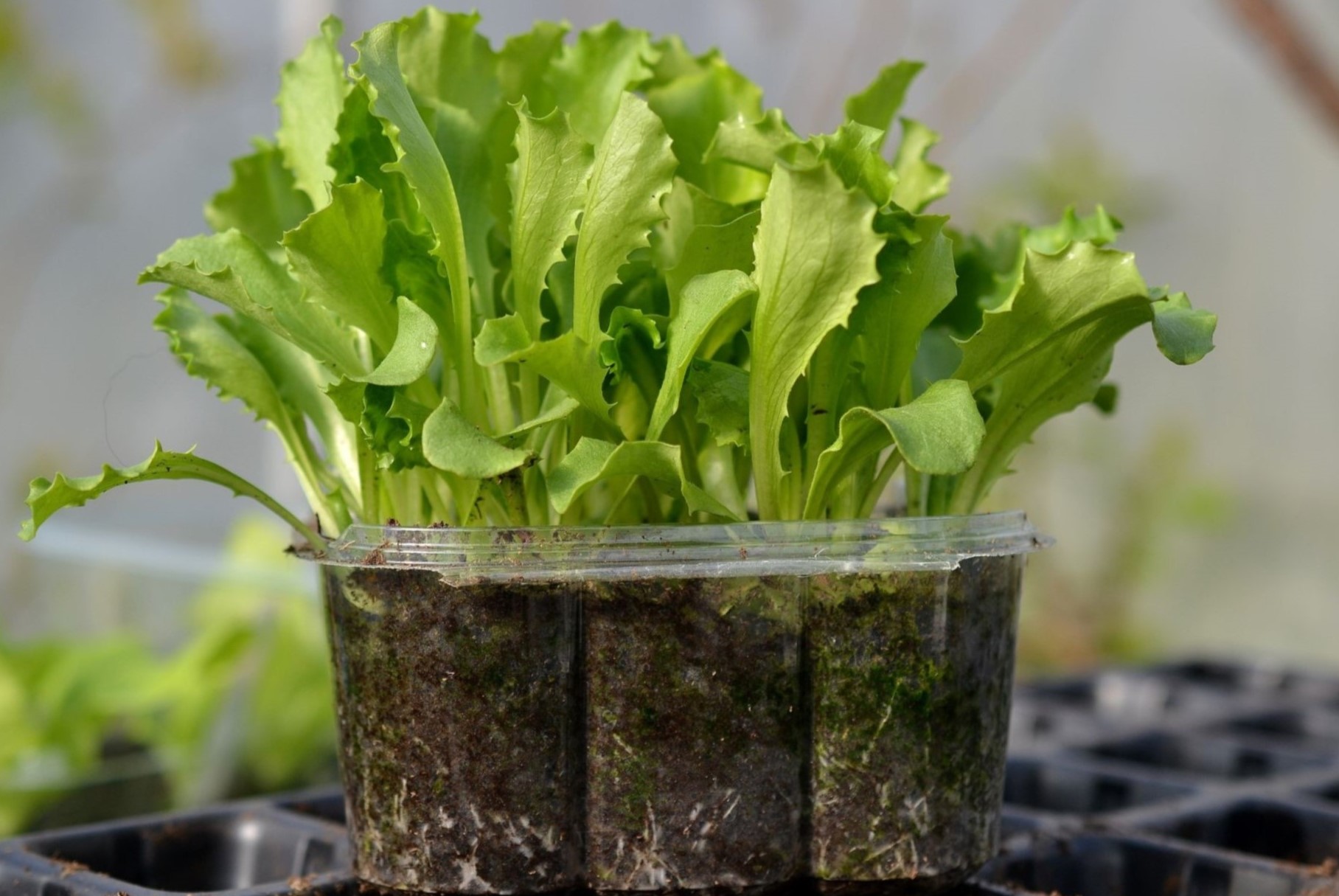
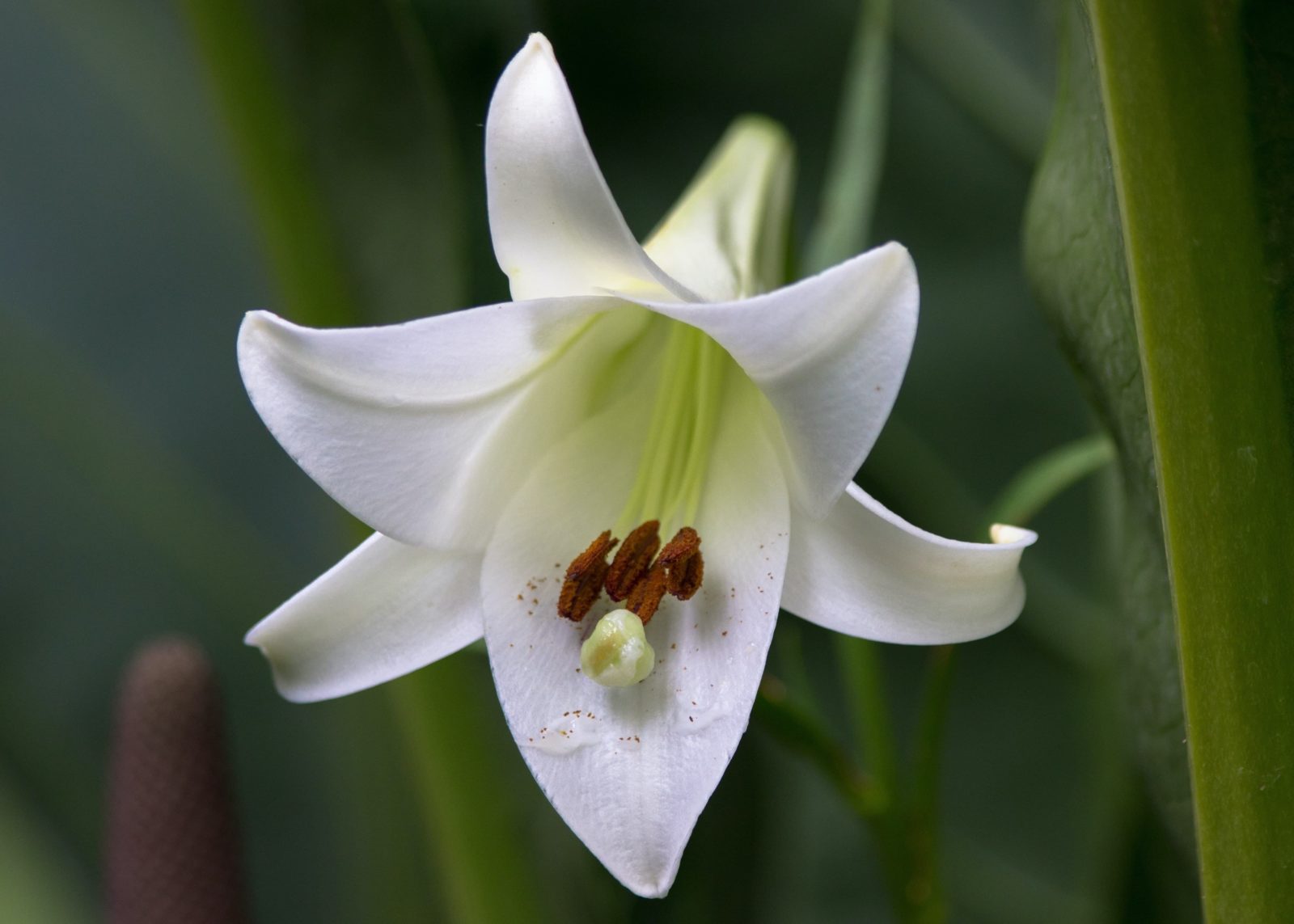
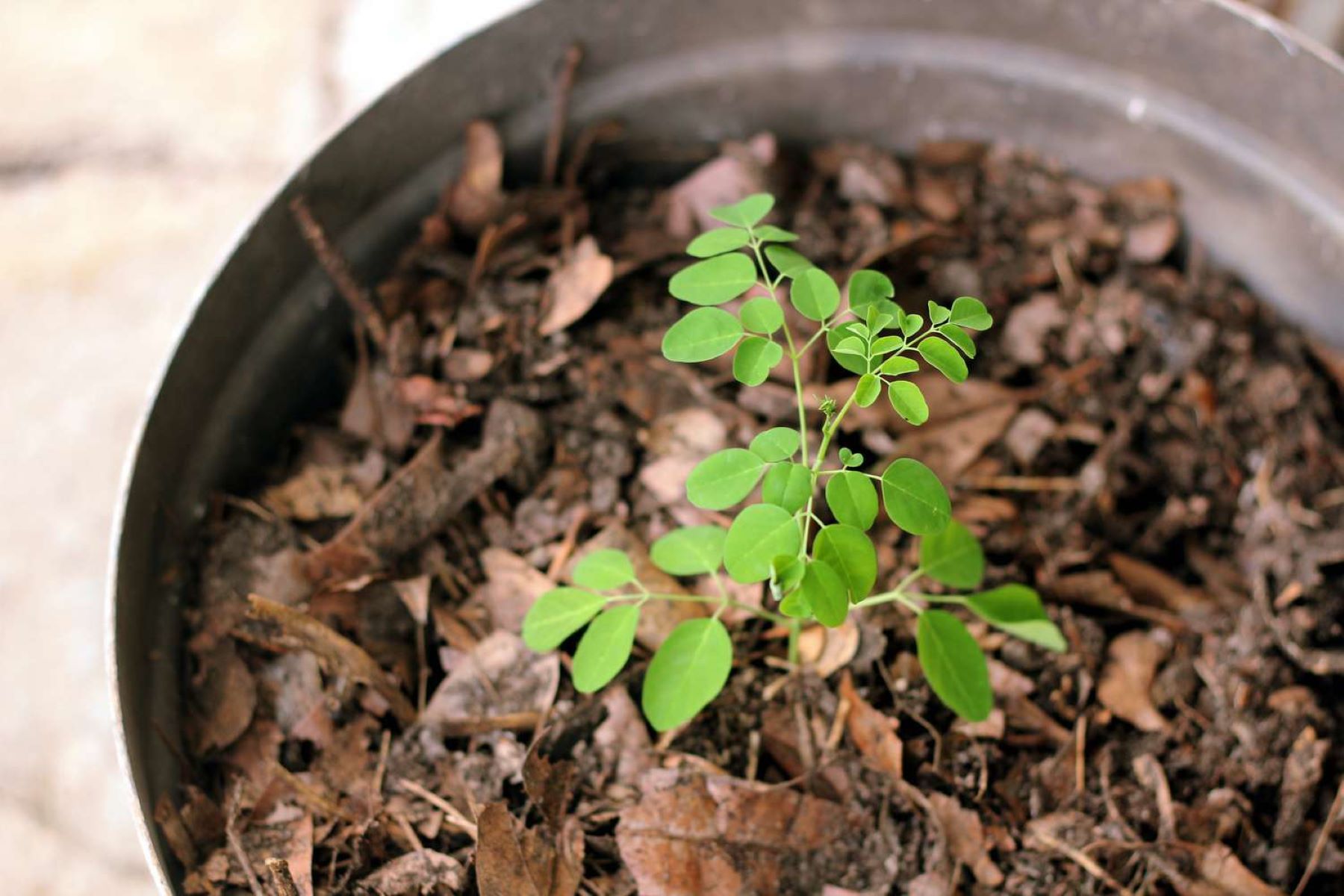
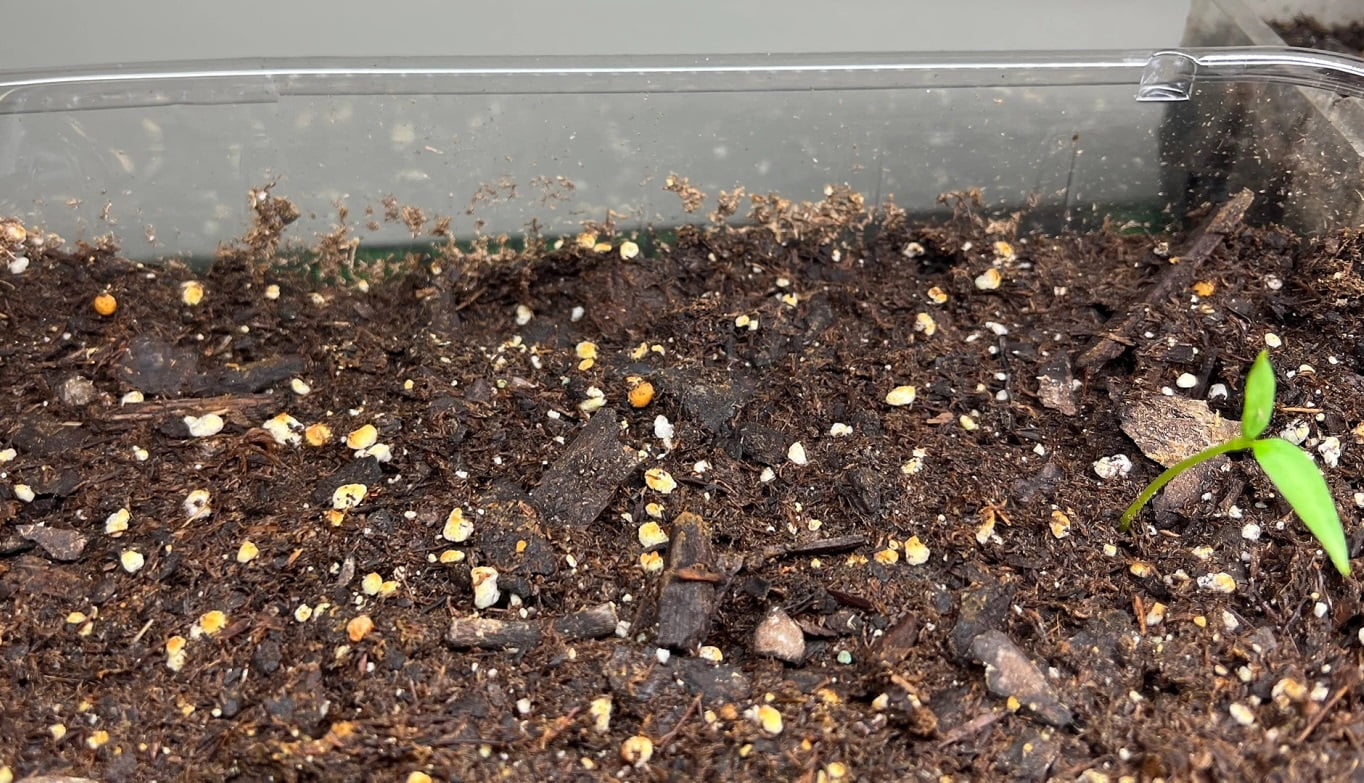
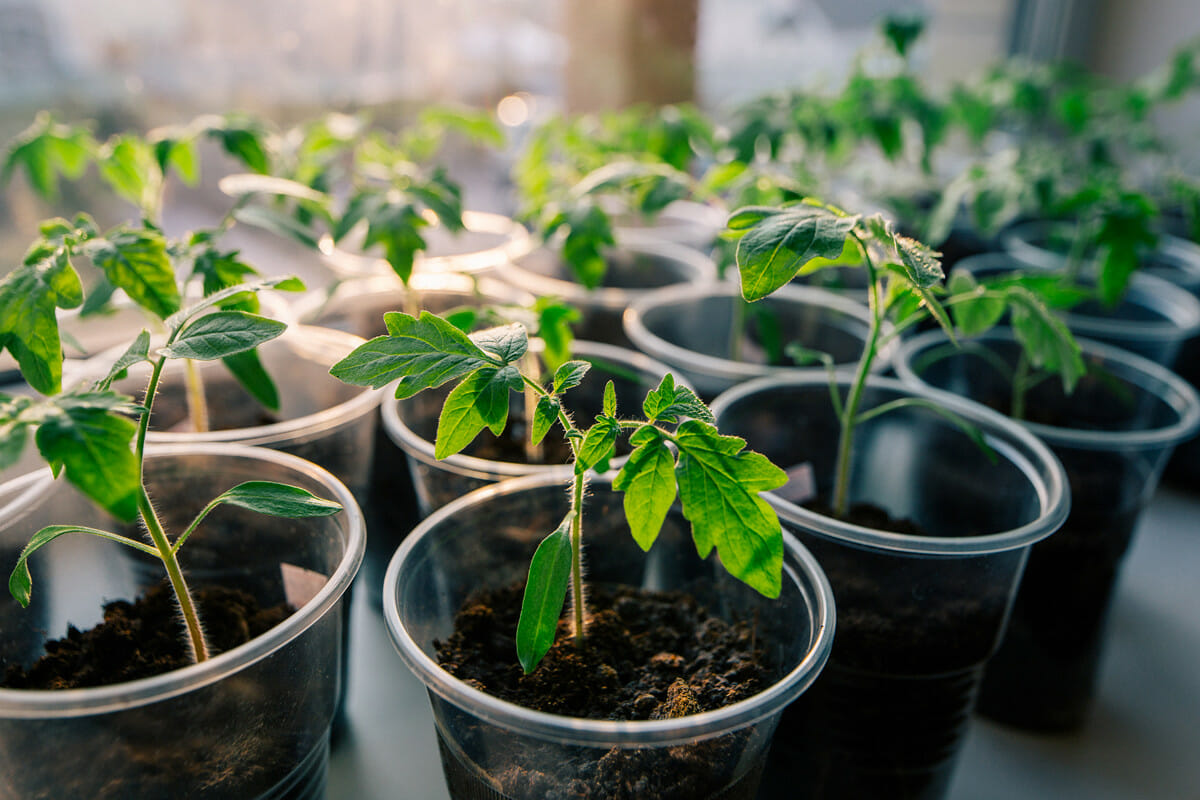
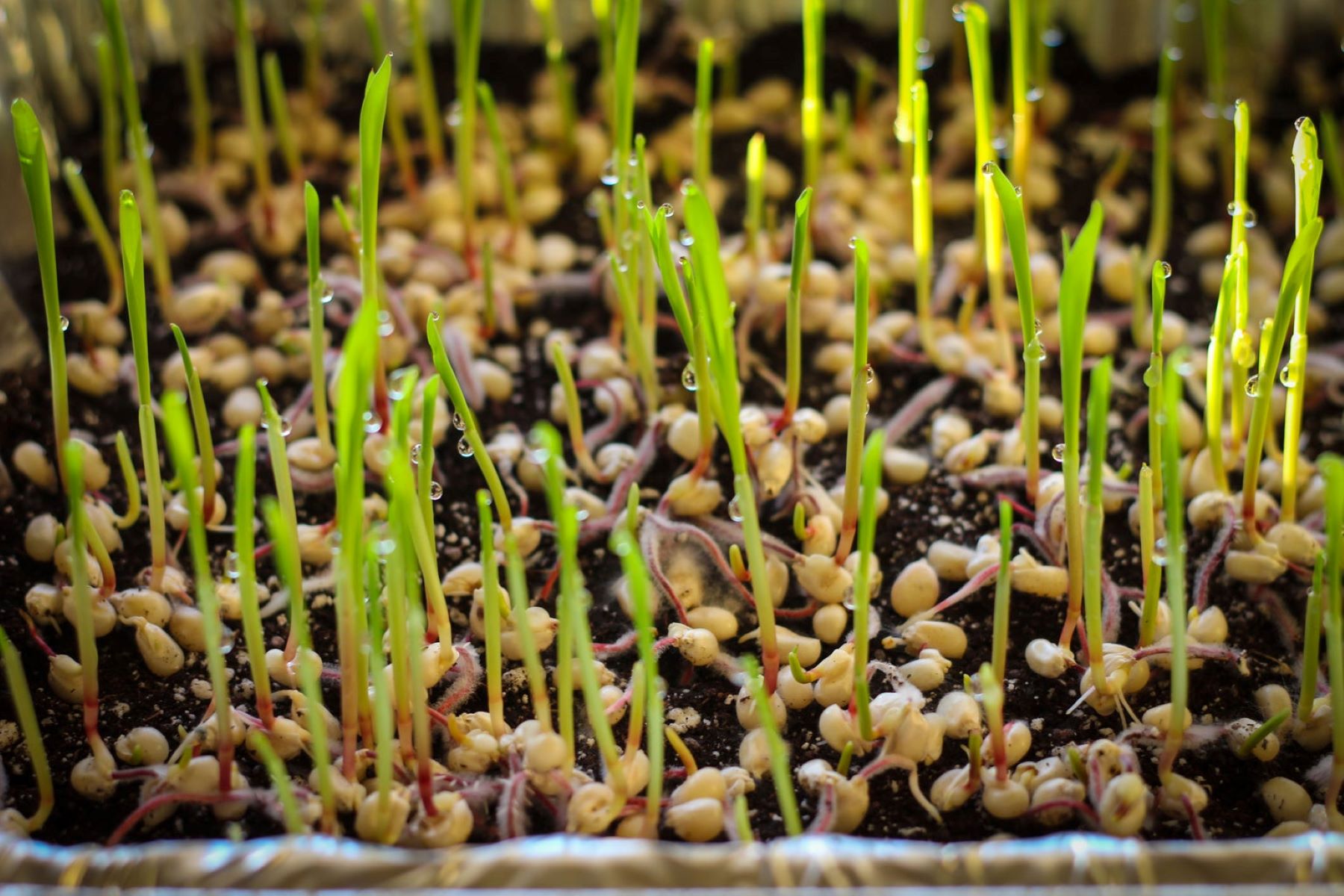
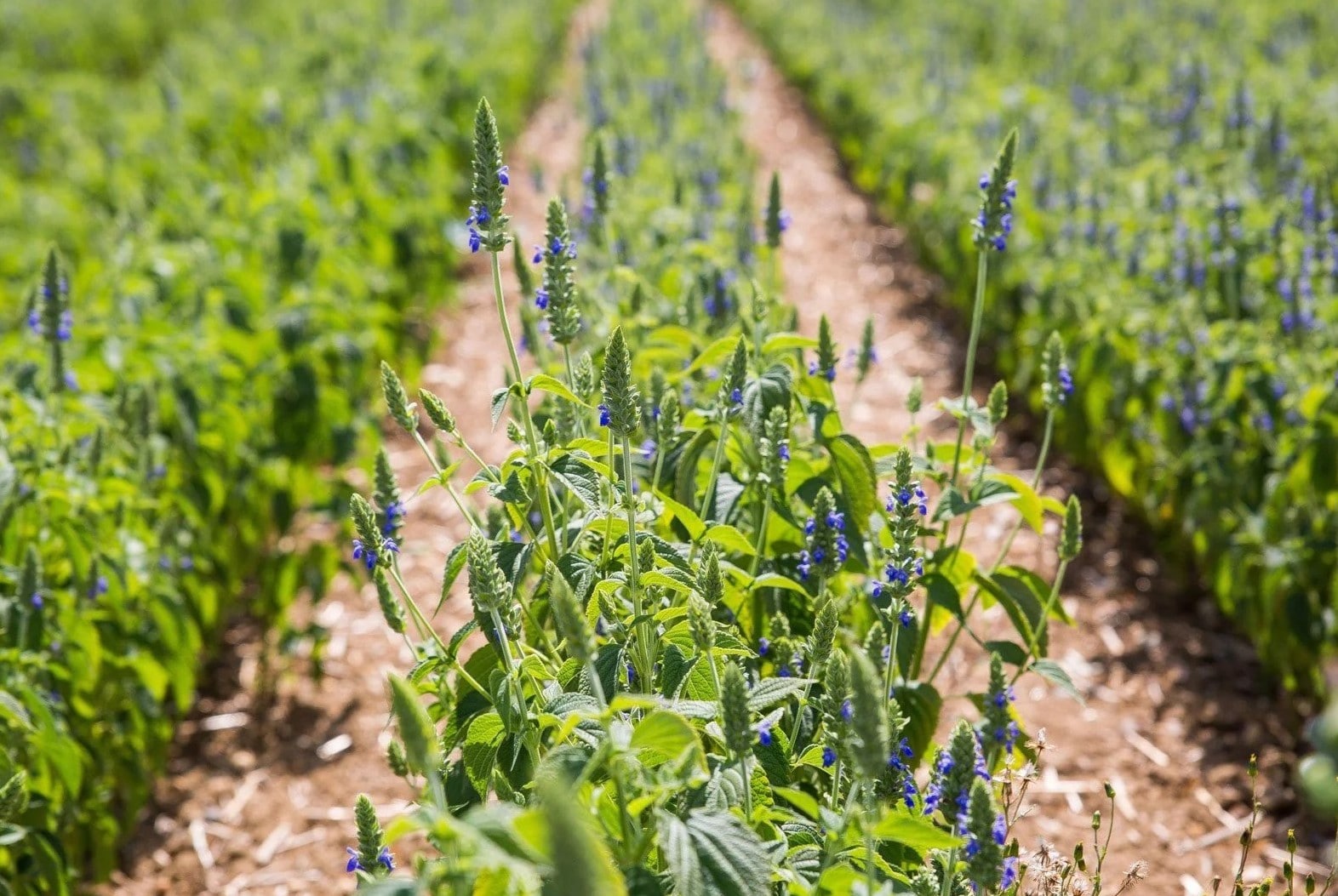
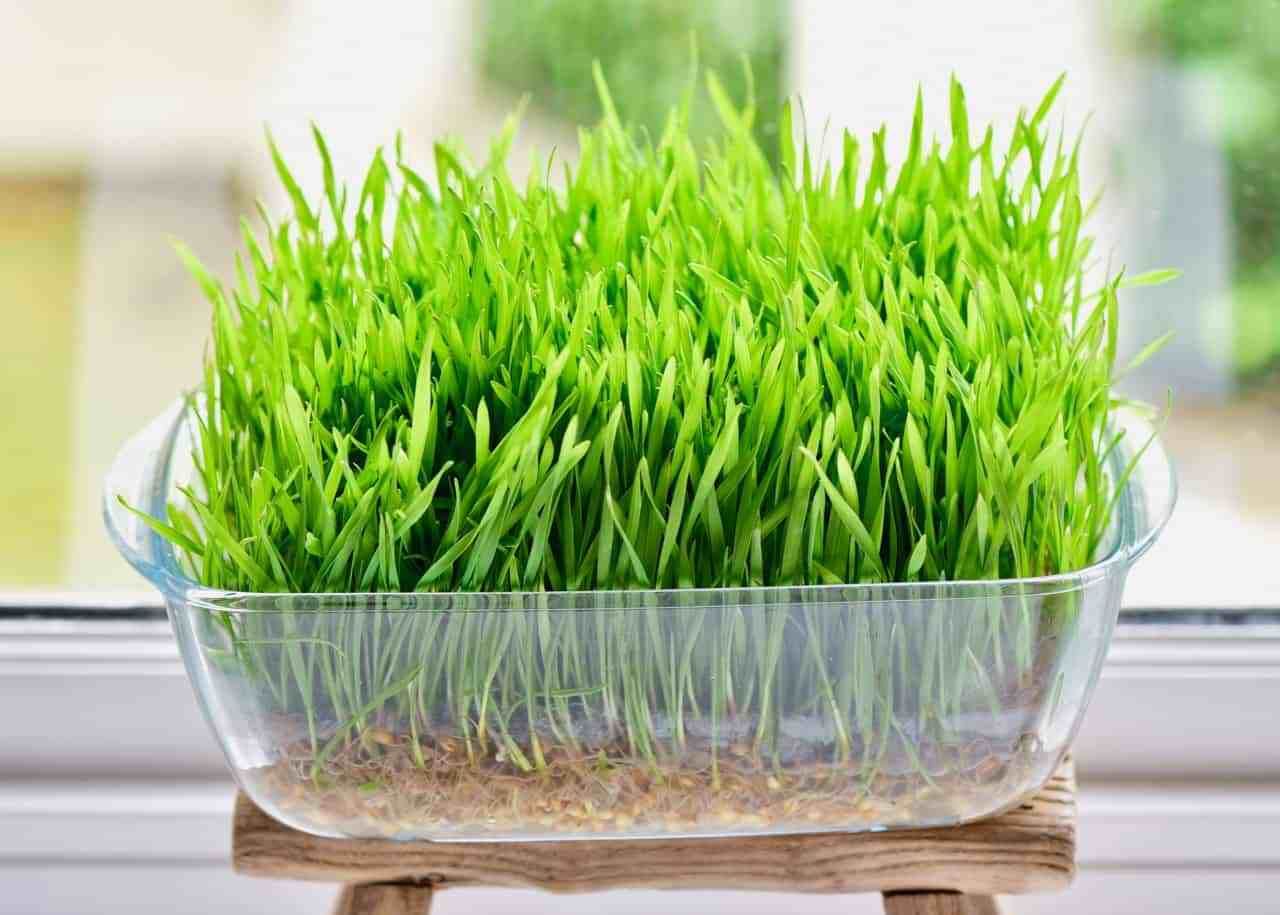
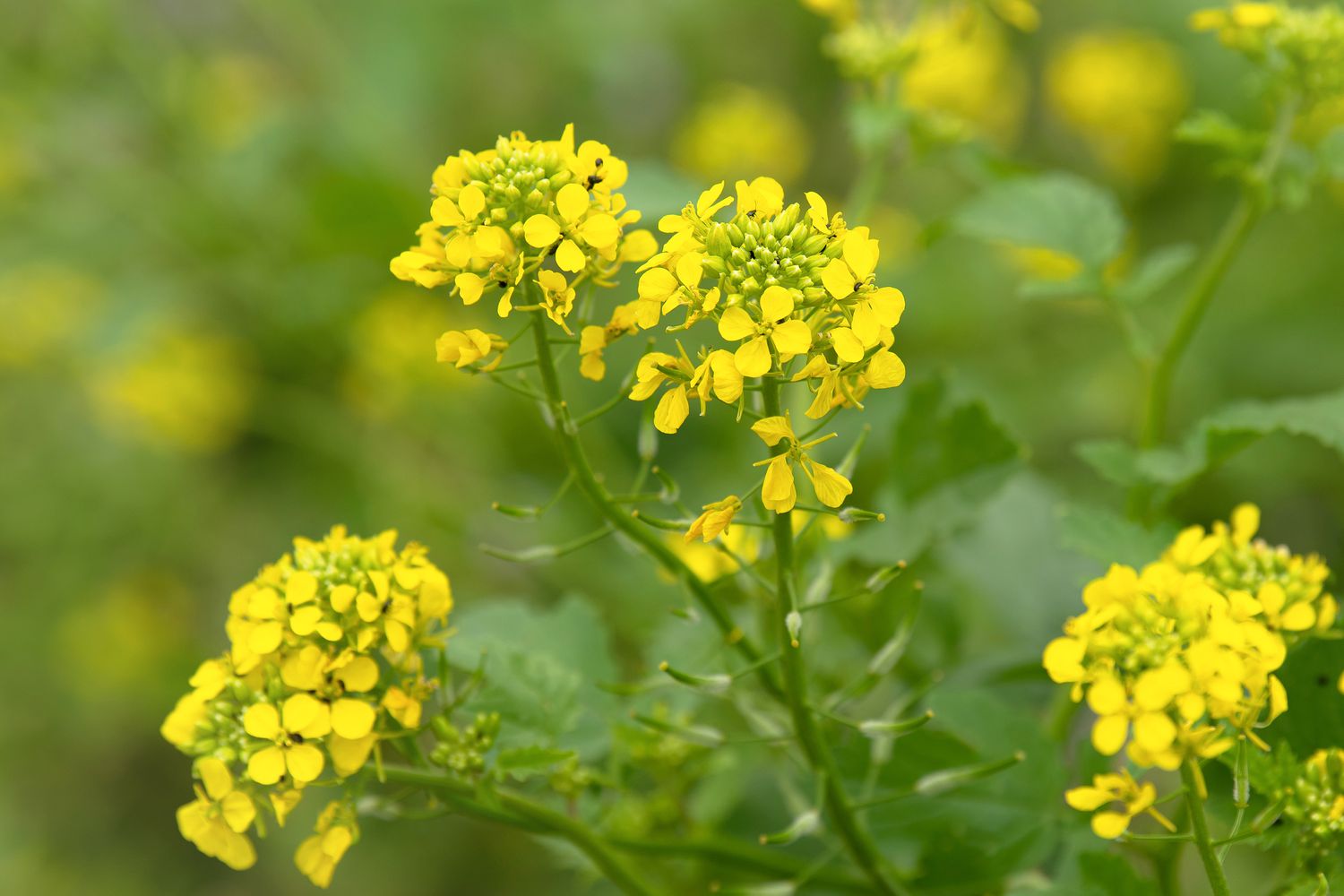
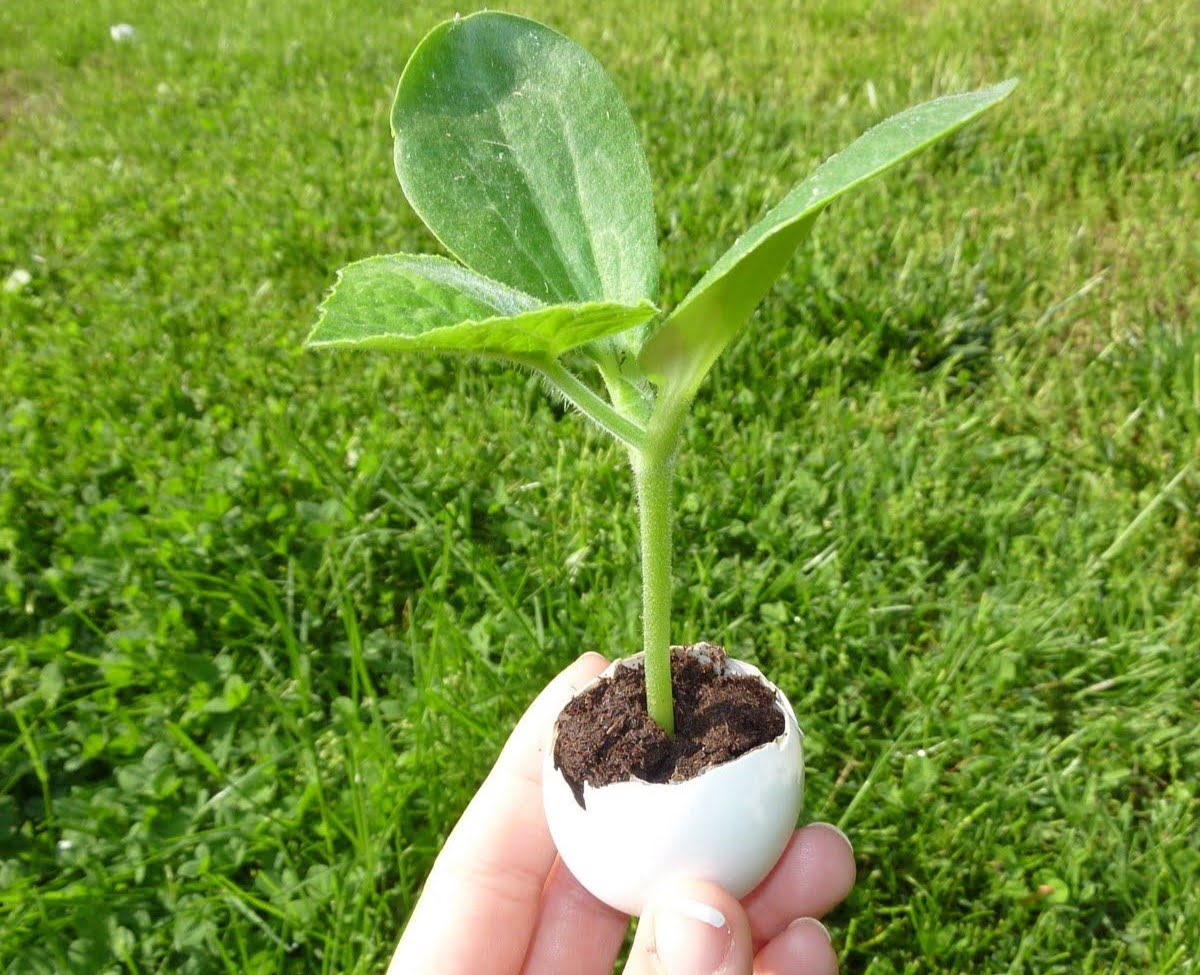
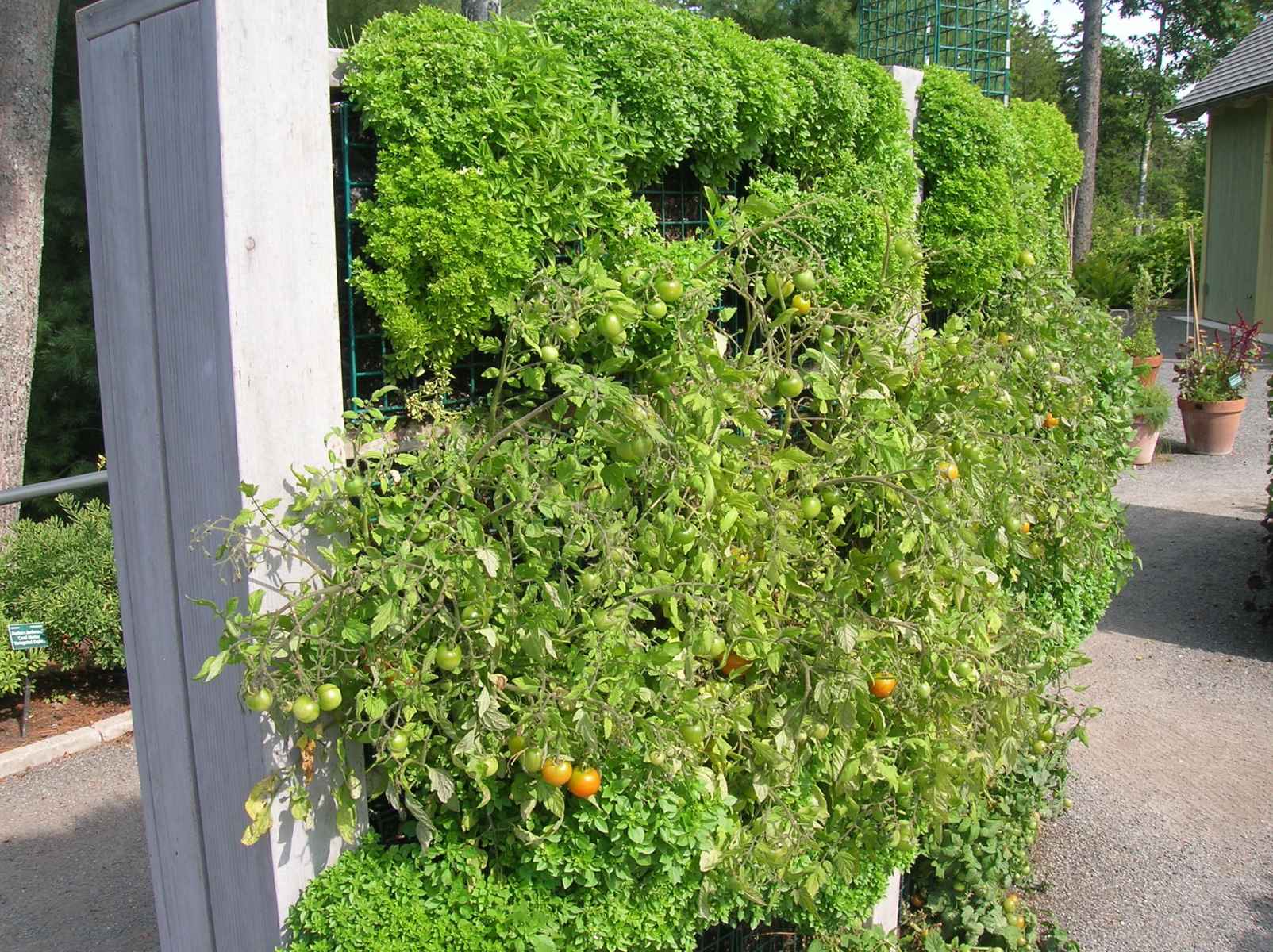
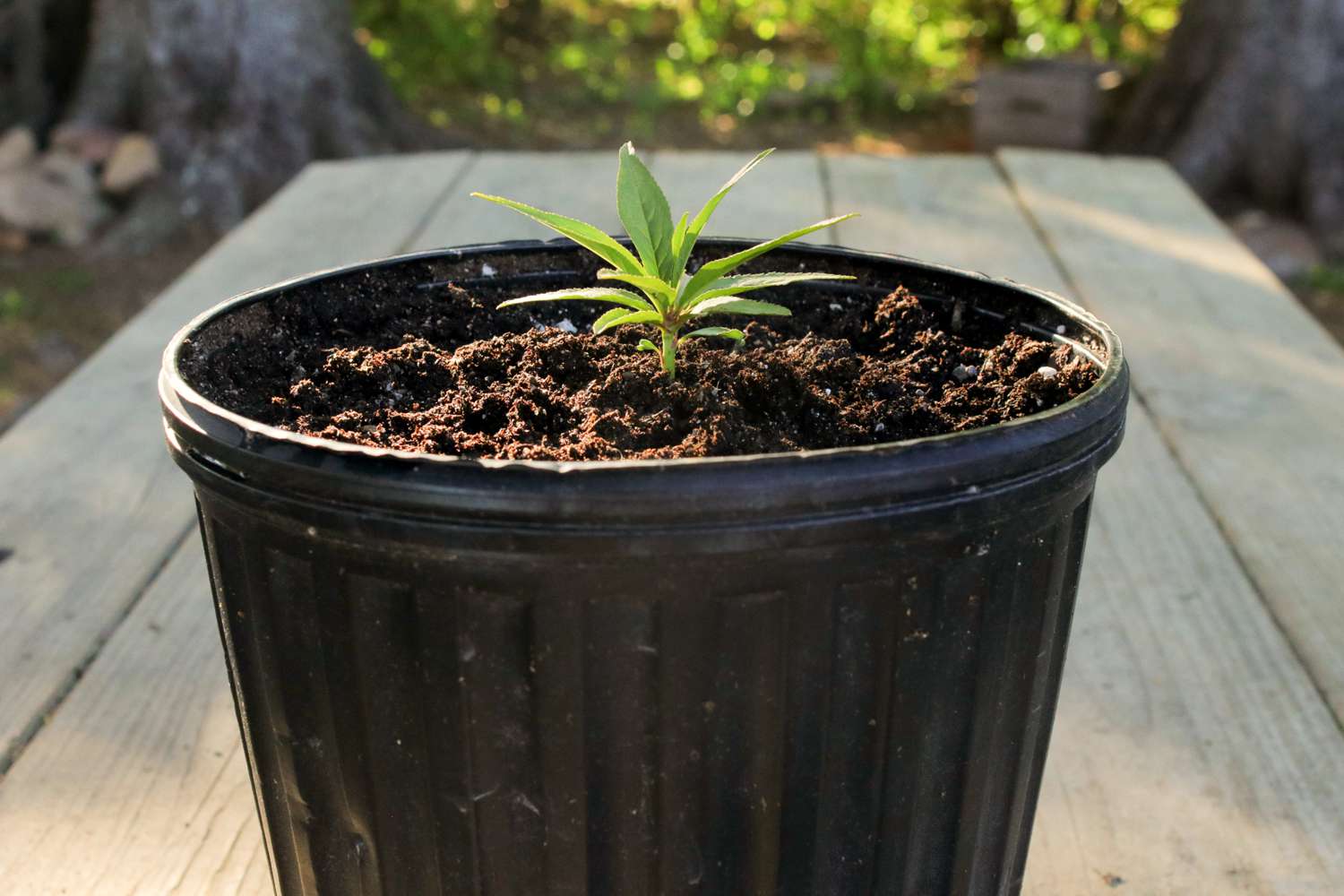
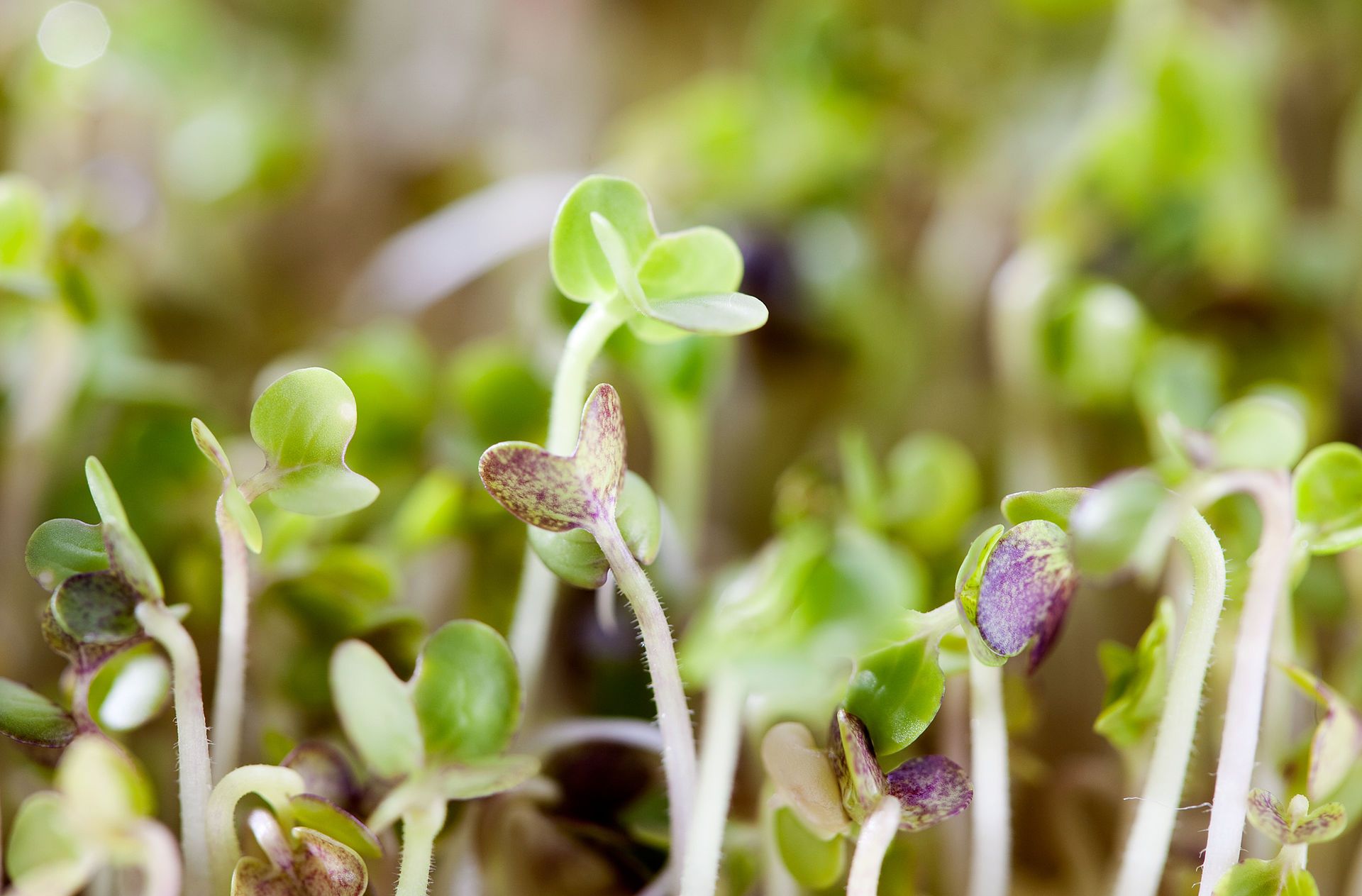

0 thoughts on “How Grass Seed Grows”